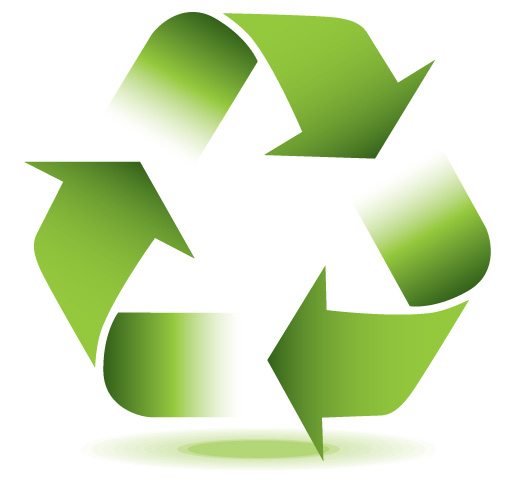Eco-Tip 11-18-18
Transplanting to avoid yard waste
By David Goldstein, VCPWA, IWMD And Jessica Craven Goldstein, University of California Master Gardener
When a plant in your garden outgrows its space, you may be tempted to dig it out and discard it. Most homes in Ventura County have a large curbside cart for yard waste, so the decision to dispose seems devoid of consequences.
Backyard composting avoids the environmental and economic costs of transportation and processing required to turn yard clippings into products at centralized facilities. However, few people have the ability to chip a tree into mulch or handle large plants in a backyard compost bin.
Instead, another solution is transplanting. Transplanting not only avoids waste, it also maintains the value of water, time, and plant purchase a homeowner has invested in a landscape.
Transplant of trees and large plants usually requires hiring a landscaper, with the largest transplants requiring a truck-mounted hydraulic tree spade. Omar Marmolejo’s Green House Lawn Care recently transplanted a six-foot, prolific plum tree from Newbury Park to the Santa Rosa Valley when the incoming owners of a house told the outgoing seller they planned to rip out her entire beloved landscape. The cost for the transport and transplant was $750.
For smaller transplants, here are some guidelines to do it yourself:
Watering: Last week’s rains presented an opportunity for transplanting, both by softening local clay soils and by providing the water to keep roots moist. Without rain, you will have to water before digging. Make the soil moist but not soggy. Water also after replanting to encourage root growth and help the plant settle into its new hole.
Timing: Gardening web sites and books written for a national audience recommend transplanting in the early spring, before blossoming. However, Ventura County’s mild climate allows year-round transplanting. Work early in the morning or late in the afternoon to avoid root exposure to direct sunlight.
Shock: Reduce shock by pruning plants before transplanting. At the new site, keep soil well-watered while also ensuring adequate drainage. DoItYourself.com recommends adding sugar diluted in water to help plants’ roots resume their absorption duties. Nevertheless, expect shock. Trees may not fully recover for two years.
Root balls: The Lowes.com “projects” web page says “Shrubs up to 3 feet tall and trees an inch or less in diameter can be moved without digging a solid root ball.”
However, you should “include as much of the plant’s root system as is reasonably possible. In general, you’ll need at least 10 to 12 inches of root ball diameter for every inch of trunk diameter.” Before digging out roots, tie lower branches up to protect them and keep the out of your way.
Save the space in your yard waste cart for dead plants, trimmings, and lumber. Transplant live plants to preserve your gardening and watering investment. Unlike seeds (which have to sprout) or cuttings (which may have to develop roots), transplants already have healthy root systems and are ready to beautify your garden or provide food as soon as they recover from shock.
For more gardening advice, contact the Ventura County Master Gardener helpline at the University of California Cooperative Extension office, (805) 645-1455 (Tuesday or Thursday 1-4 pm) or mgventura@ucdavis.edu





